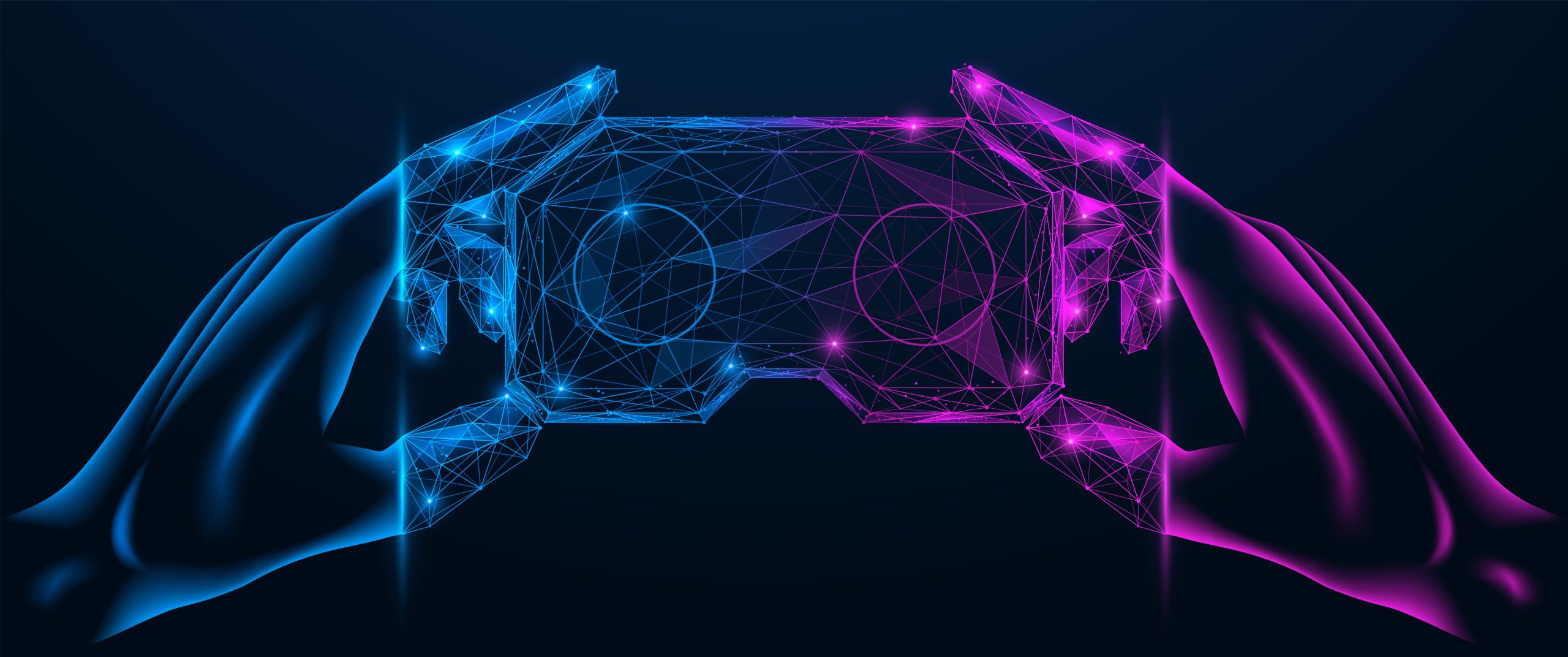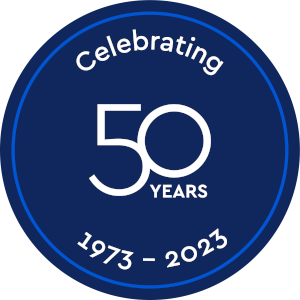According to Caitlin Ballard, international policy adviser at the Geospatial Commission: “Location is a thread that allows us to connect different datasets together to make them more useful. Geospatial technology is going to be increasingly embedded in our digital lives. Some commentators have recently coined the phrase ‘geoverse’ to articulate the critical role location data will play in our future hybrid reality.”
The use of drones in surveying
The use of drones has been increasing for some time. However, the introduction of drones into surveying markedly accelerated during the pandemic. With the restrictions in place and people often left with time on their hands to learn how to use new pieces of equipment, the use of drones really came into its own, in some instances, enabling work to continue, which otherwise would have been put on hold. Drones provide the ability to survey buildings remotely and, in some detail, but they are currently not as accurate as land survey data captured on the ground.
Drones also enable areas to be surveyed, that would not be possible to survey from the ground – or without great expense – or health and safety risk – to reach. The high-resolution cameras attached to the drones, can capture incredible detail and help to keep projects on track. However, although drones now have an important role within surveying, it will be some time before they can provide the survey-grade information and mapping solutions required by clients to make informed decisions.
When asked what he thought of the use of drones in surveying, Matthew Powers, Director at Powers said: “Drones definitely have a place in our survey service offering. However, we must be mindful of using the correct data capture procedure for our client’s required end result. Whilst drones can quickly capture data of large tracts of land, it’s imperative that drawings and models are clearly labelled with how the data was captured, so that in years to come, they won’t be mistaken for sub-standard topographical surveys, supposedly captured with a total station.”
Augmented reality in the future of surveying
It’s important that surveyors shouldn’t feel threatened by the introduction of new technology, but rather view it as a way of improving the accuracy and depth of detail that can be provided. New technologies can be added to the arsenal of services that a survey company can offer, with each one having specific benefits and limitations to produce the end result. As with most innovations, you still need to understand what you are doing and what you are trying to achieve with your site to get the most out of the technology that is available.
New technology and new techniques
By embracing new technology and new techniques, the benefits of involving geospatial and land surveyors at the early stages of a project become more apparent. Another area that is becoming increasingly accepted is the use of augmented reality (AR). AR enables surveyors to interact with the data that has been collected from site. It can provide realistic visuals of the site, without the need to physically visit or be there. The use of AR can enable a client to stand on a road or piece of land and see a virtual but realistic rendering of the underground services on a computer tablet exactly beneath their feet.
At Powers, our team’s expertise in delivering hi-tech, high precision surveying services ensures that you benefit from an extensive range of technical skills, excellent workmanship and sound reliability. For more information contact us here: https://powersuk.com/contact-us/








